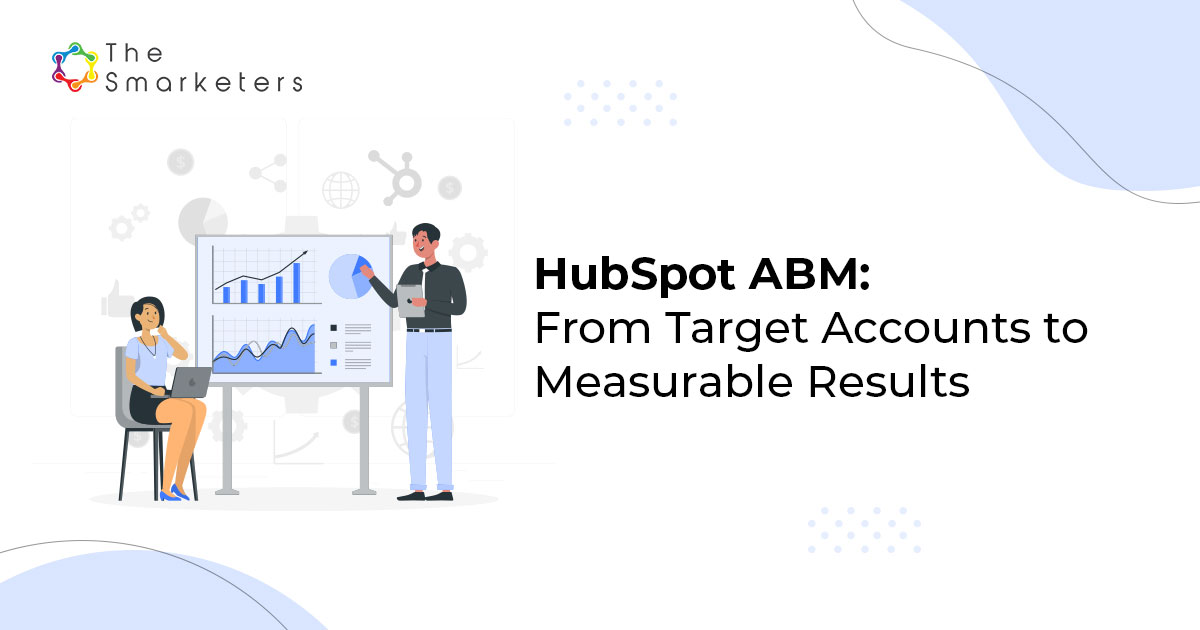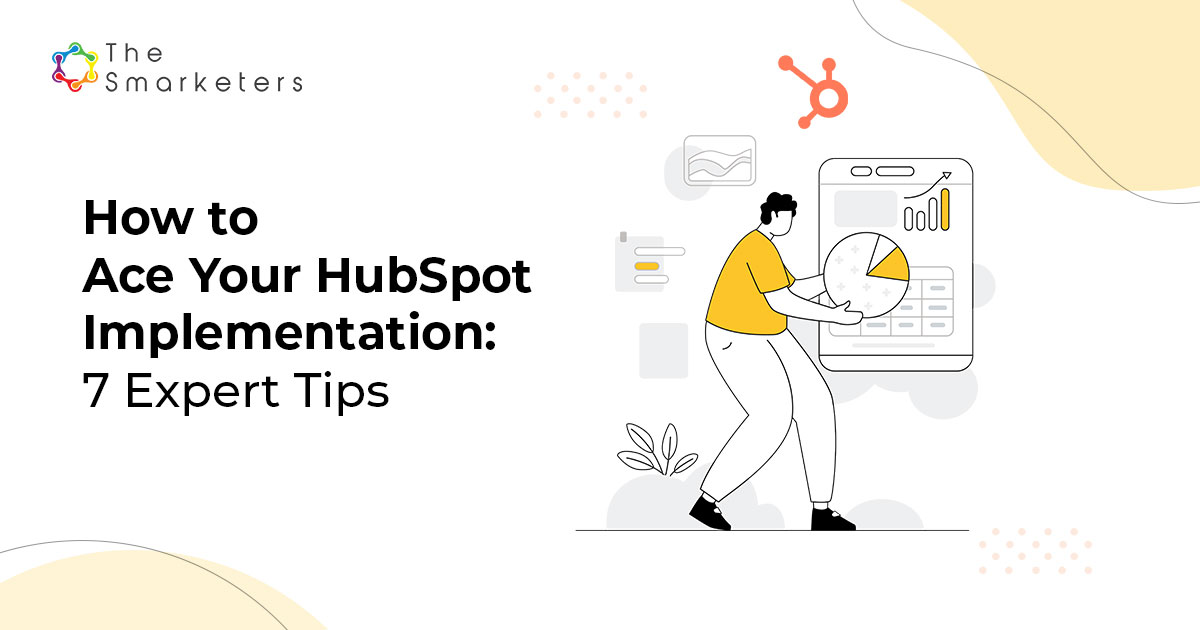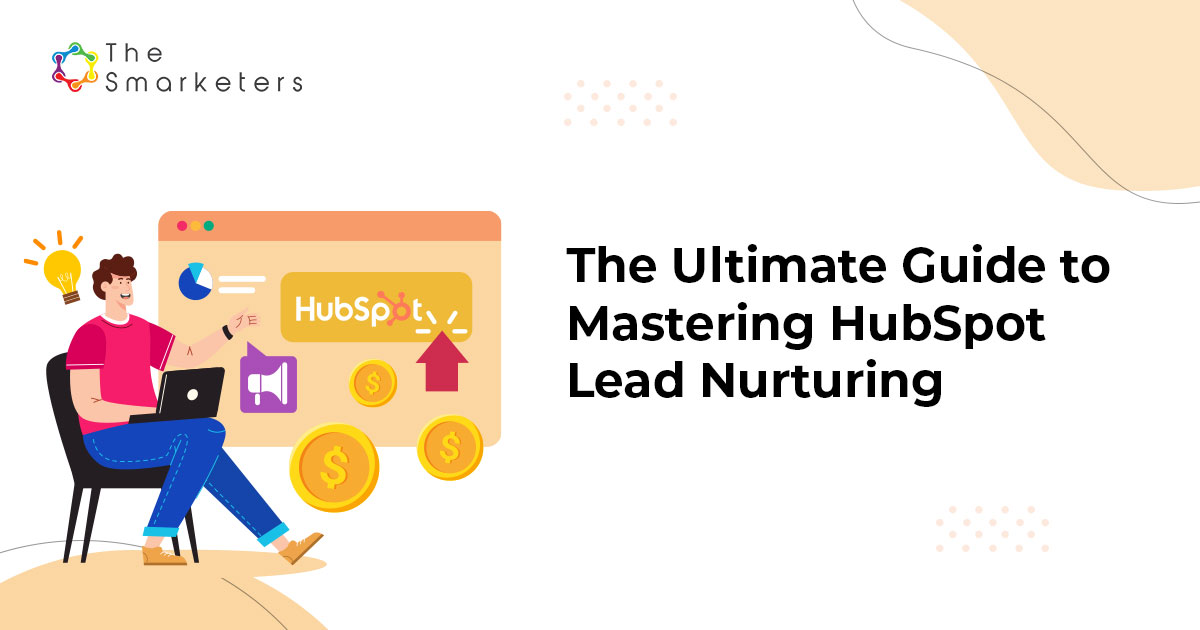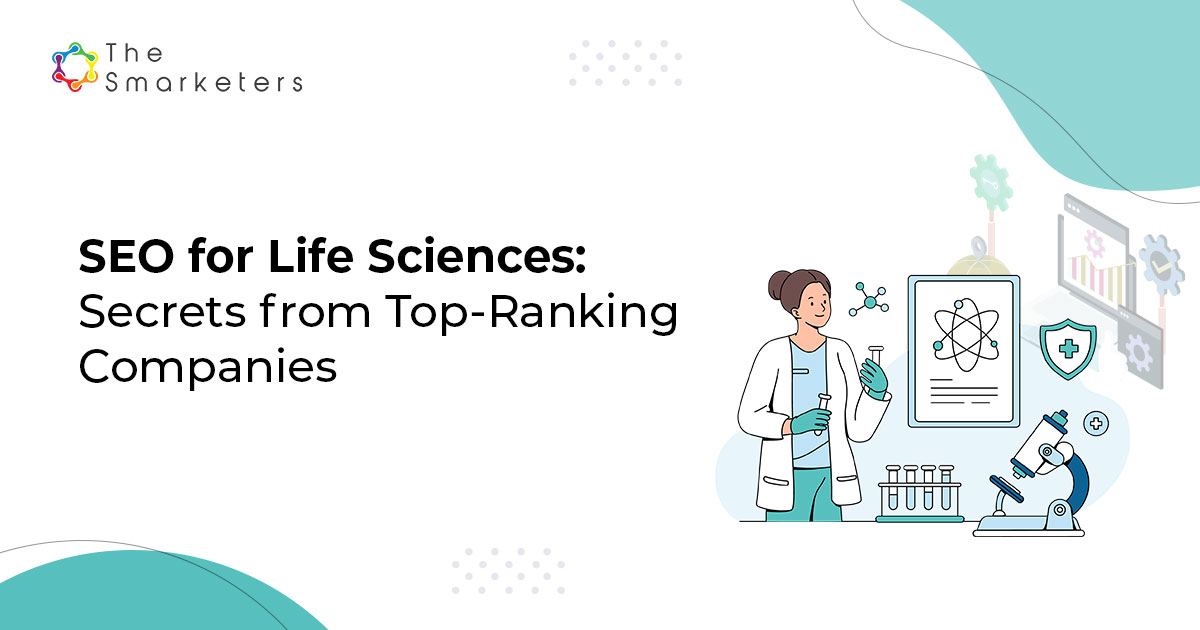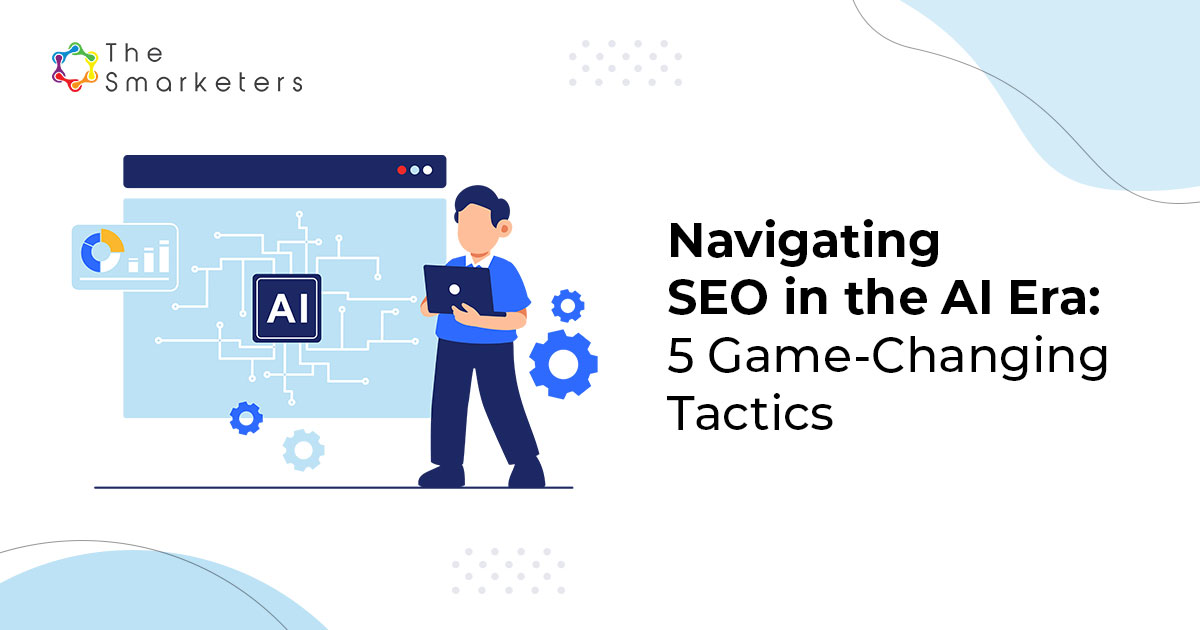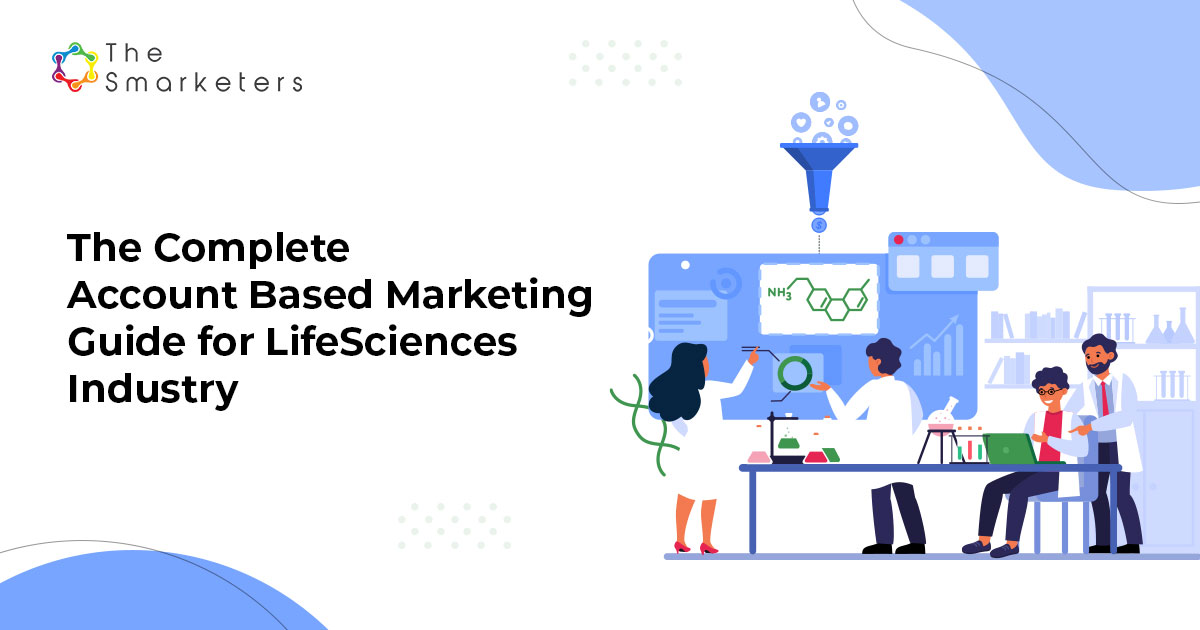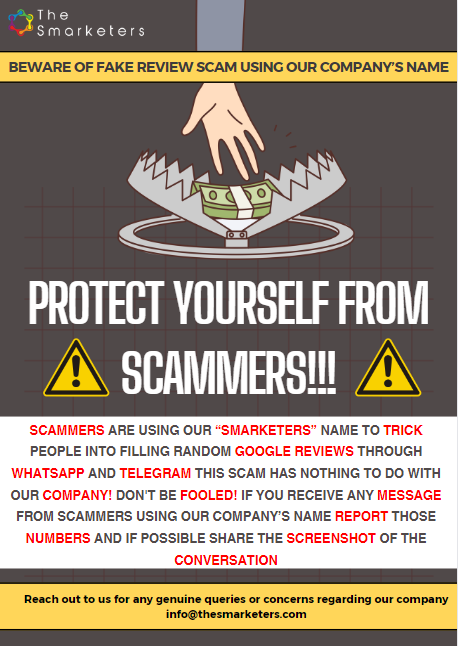How would you feel if your customer could not wait to try or buy your product and services?
Elated?
Surprised?
Well, it can be a mixture of both.
The idea of your potential customers wanting your goods and/or services isn’t that big a deal. You don’t have to hypnotize or manipulate them with your words, but understanding your customers’ needs should be on your priority list. This helps increase the number of visitors and the conversion rates for those visitors. You need to give them what they want.
Although we’d like to consider ourselves rational thinkers– absorbing data, weighing the pros and cons, and implementing thoughtful decisions– most of our important choices are made by our gut feeling or’ hunches.’
Intuitions like “I have a good feeling about buying this phone” will more likely drive purchase decisions than a dry logical comparison of its specifications and price points.
Check out this blog to learn how to improve your marketing strategies by using psychology to double your conversion rates.
Why is that important?
Because our minds decide what to choose or buy.
So, if you know how human brains function, you have the upper hand in influencing the decisions your consumers make. Influencing others isn’t fate or sorcery-– it’s science. There are various marketing insights derived from behavioural science research. Let us look at some:
#1 Novelty
Humans are curious beings. How else do you think a fallen apple would trigger a galaxy of innovations?
Neurologically, it has been confirmed that exposure to something new and fresh increases the release of dopamine in the brain.
The possibility of a reward at the end of an unexplored corner excites our brain. That potential for delight is what stimulates us to seek out new horizons.
Why do you think Apple launches a new model of iPad and iPhone every few months?
There are only minor differences between the earlier product and its newer version. Yet, most people check out the new model in the market, and some even toss away their old phones to pick up the latest one.
People are attracted to new and unfamiliar things. Mix that up with marketing, and you get a plethora of new customers pouncing over your blog feed when they find a unique and out-of-the-box article.
Create new ones if you want your prospects to buy your services or products. You can also make a few tweaks, revamp or update the old ones, and rebrand them.
#2 Embracing Internal Labelling
Hold your horses. It’s not the brand you need to label but your customers.
Sounds like bad advice? Not so much.
Consumer behaviour research has shown that consumers like being labelled. Look at the following study:
Our brains seek to maintain a sense of conformity (even if it’s bogus).
That’s why the foot-in-the-door technique works out well even on prepared minds. It is also why “gold” or “platinum” status works conveniently for a customer loyalty program.
Don’t shy away from labelling your customers. People like being part of groups that have their approval and imply some superior status. Even with a feigned reason, people tend to take action to feel that they belong to an “elite” set of individuals.
Make your consumers feel important by showing them that you care about them. So, when you tag your regular customers as ‘superior,’ you tend to draw them into your circle of trust. And, people are more likely to buy from brands they trust.
#3 Make an Enemy
Now don’t get this wrong. Making an enemy is less about being harsh to competitors and more about labelling (#2) your customers.
Every audience has a common foe that they believe is why they are not getting the results they want.
Sociologist Georg Simmel once hypothesized that we create common enemies because it unites us with groups of people we believe to be like us.
Companies like Apple leverage this through tactics like their PC vs. MAC commercials. It is oh-so-evident that they have turned the PC into “the enemy.”
That is why Apple users are such loyal brand fanatics. Here’s a peek into one of their commercials:
The enemy doesn’t necessarily have to be a competitor. Take a look at this ad from Careerbuilder.com.
Here they have constructed a common enemy centred around the idea of an unhappy work environment (a mean boss, a boring job profile, annoying co-workers, or a combination of those).
Utilize this tactic to draw your customers into an “in-group” that is bound by its common preference for your brand/product/service in opposition to others out there (competitors or not).
#4 Usage of Social Proofs
Remember the last time you walked past a store with people lined up outside its doors? You probably wondered what’s making people queue upright? […It could be a new Harry Potter book coming out or a new release of iPhone, maybe?]
That’s the thought behind the social proof. When we see that others have liked, shared, subscribed, or purchased a product, we are more likely and inclined to buy that product ourselves.
Show your customers how much others benefit from your product/service so that they know it works.
Use plugins like Facebook, Twitter followers, etc., to let your audience know that your service produces results and people like it.
Even better are utilizing testimonials and reviews(the more, the merrier) from your clients.
Here’s an example:
So if you don’t have many reviews, testimonials, or other social proof elements, get on it!
#5 Point A to Point B Methodology
Humans are curious but also impatient. Your prospects want to get from point A (where they are right now) to point Z (where they want to be).
Your marketing strategies should tell your leads how to move as fast and close to Z before you ask for their greenbacks.
The quicker and closer you get your consumers to point Z, the more likely they will buy from you.
In their minds, by doing this, they start associating your business with ease and pleasure.
For enhanced customer experience, provide your customers with freebies (free e-book or a free consult) on your landing page. This works to uplift the customers’ spirit and gives them the information he needs to decide on buying from you.
#6 Scarcity
Now let’s look at the most obvious truth of all our lives. The last time you looked at a sale that read “Limited Time Offer Only,” you did linger upon the website to purchase or at least look through stuff. Of course, you have.
This is why one-time offers and ‘only 3 in sale’ work outright because they play on people’s Fear Of Missing Out (FOMO).
FOMO Marketing creates a perception of scarcity in the consumer’s mind, pushing them to decide on a purchase instead of later.
There you have it.
Your primer on understanding how psychology and marketing blend.
Note that people know when someone is faking concern. Nothing replaces being genuinely interested in your customer’s needs and requirements. Find and cater to that, and they will love you for it.
The best way to improve your conversion rates is to do several A/B tests where you apply the above pointers.
Summing things up, no matter how much the marketing world transforms, the psychology that drives customer decisions rests on some near-universal aspects of human behaviour. Get to know those well!
Key Takeaways:
- Drive more conversion rates from your present campaigns
- Understand what makes customers tick
- Design your CTAs for greater success
- Bring about marketing that is irresistible to consumers
Let us know in the comments below if you will use the psychology tactics to double your conversion rates as discussed above.



